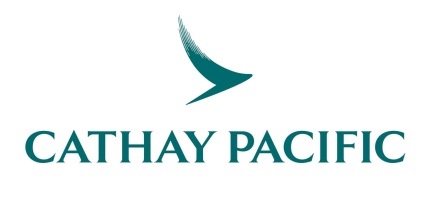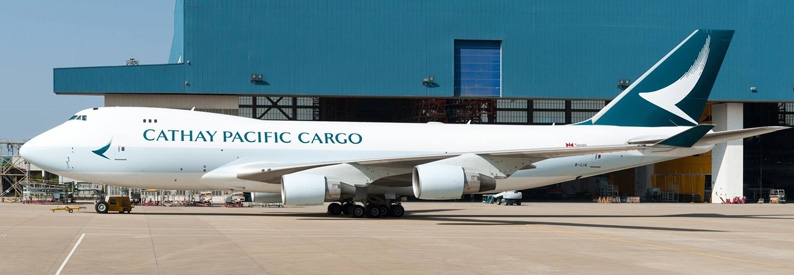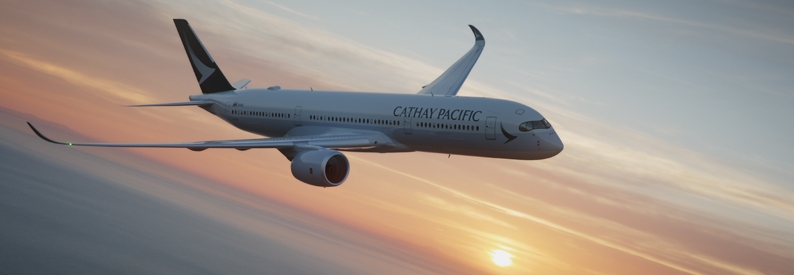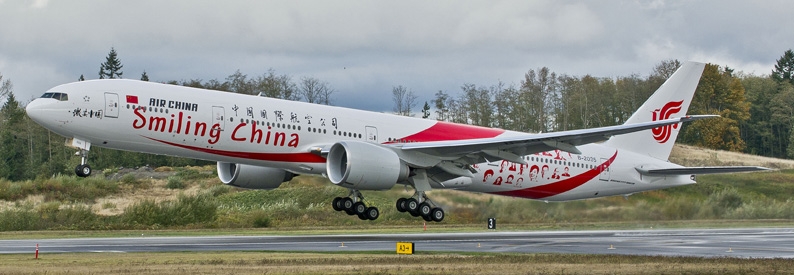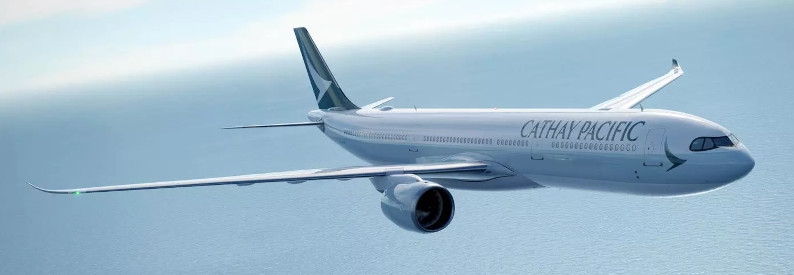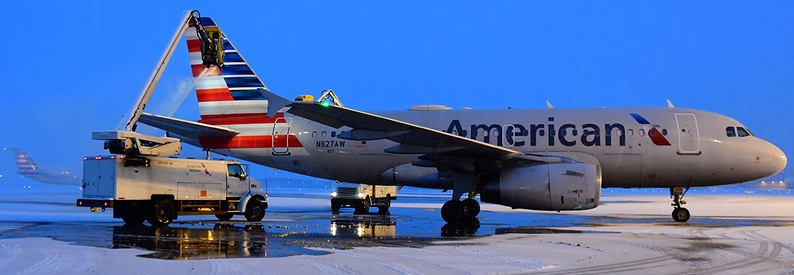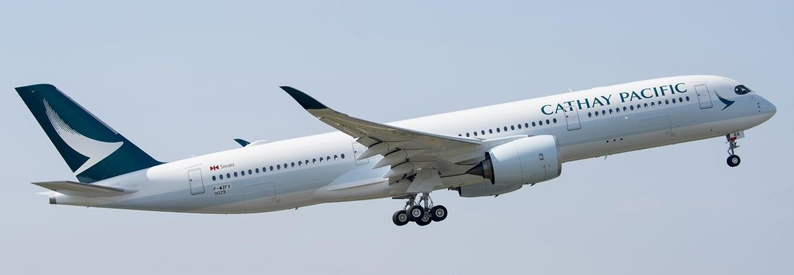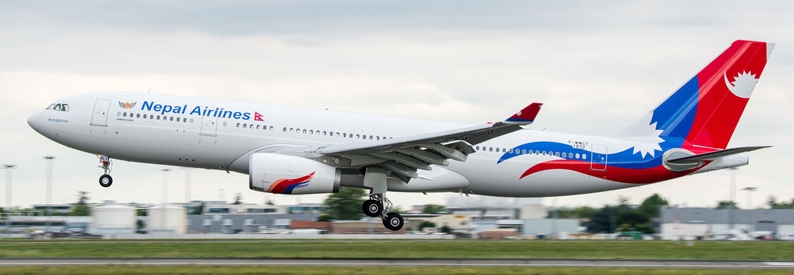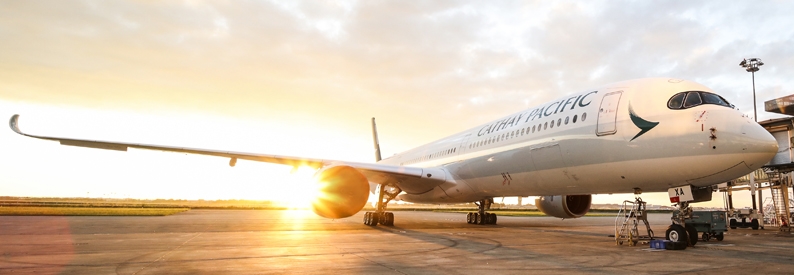Cathay Pacific (CX, Hong Kong International) remains constrained by Hong Kong’s COVID-19 travel restrictions and quarantine requirements, resulting in an almost 99% downturn in traffic numbers last month compared to April 2019.
The airline carried just 40,823 passengers last month, an increase of 82.2% compared to April 2021, but a 98.7% decrease compared to the pre-pandemic level in April 2019, it said in a statement.
“As the recent adjustments to the Hong Kong Special Administrative Region Government’s travel restrictions and quarantine requirements became effective in phases, the airline’s April 2022 traffic figures continued to reflect the impact of some of these constraints,” it said. This was despite travel bans having been lifted on April 1 on nine countries, including the UK, Canada, France, India, Nepal, Pakistan, the Philippines, and the USA.
Load factor increased by 31.5% to 55.6%, while capacity, measured in available seat kilometres (ASKs), decreased by 30.2% year-on-year and 97.7% compared with April 2019 levels.
The month’s revenue passenger kilometres (RPKs) increased 60.7% year-on-year but were down 98.5% versus April 2019.
In the first four months of 2022, the number of passengers carried increased by 37.8% against a 60.1% decrease in capacity and a 15.8% increase in RPKs compared to the same period for 2021.
“April saw some positive developments for our travel business with improved demand across our network. Following the lifting of the ban on inbound flights from nine countries on April 1, in addition to the adjustment of the quarantine period from 14 to seven days for travellers arriving in Hong Kong, we saw increased demand among residents wishing to return home to the city, in particular from the UK,” commented Chief Customer and Commercial Officer Ronald Lam. “In view of this stronger demand, we increased our passenger flight capacity by about 25% compared with March, although we still only operated about 2% of our pre-pandemic passenger flight capacity last month."
“We launched additional frequencies, providing more and better connections for our transit passengers. In addition to ongoing demand from the Chinese Mainland, transit traffic going to and from other destinations in Asia also picked up. Conversely, we further reduced our frequencies into the Chinese Mainland in view of the COVID-19 situation in Shanghai,” he said.
On the cargo front, capacity continued to recover in April as the carrier maximised regional frequencies and resumed freighter services to Frankfurt International, Germany – the first freighter flights it has operated to Europe since the end of December 2021. Still, cargo flight capacity remained about 29% of pre-pandemic capacity.
“Demand was mixed, with cargo exports from Shanghai affected by the city’s lockdown, which has disrupted supply chains in the eastern part of the Chinese Mainland. Demand from Hong Kong began to recover as cross-border bottlenecks began to ease, driven primarily by sea feeders that helped offset the impact of constrained cross-border trucking services. Elsewhere in our network, demand remained healthy with machine parts and industrial products from Northeast Asia and the Americas particularly active,” Lam explained.
He said Cathay Pacific would continue to resume more passenger flights to more destinations in the coming months. “Our flight arrangements from early June notably include daily flights to and from London Heathrow. We will also be resuming or increasing passenger flights for a number of important markets, including the US, Australia, New Zealand and India.”
From June, the airline intends to add back long-haul freighter destinations in Europe and the Americas and resume freighter services for the UAE, Saudi Arabia, and Cambodia.
- Type
- Base
- Aircraft
- Destinations
- Routes
- Daily Flights
